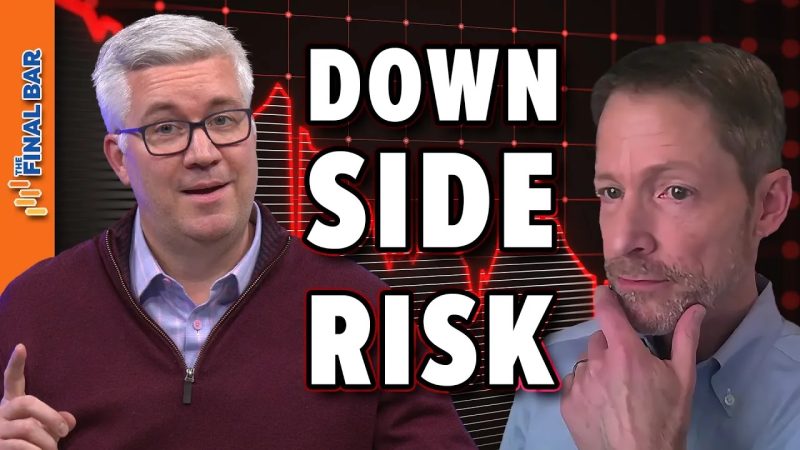
Navigating Risks in a Bull Market: Uncovering the Downside Opportunity
Downside Risk in a Bullish Market: Understanding Market Volatility
Many investors find themselves in a challenging position when bull markets dominate the stock market landscape. While the allure of high returns and positive sentiment can be enticing, it’s crucial to recognize the existence of downside risk in a bullish market. This risk stems from the inherent volatility of the market, which can result in sudden and significant downturns that catch investors off guard. Understanding this downside risk is paramount for investors looking to navigate the complexities of a bullish market effectively.
Market Volatility: A Double-Edged Sword
Volatility is a key characteristic of financial markets, representing the degree of variation in asset prices over time. While volatility presents opportunities for profit in both directions, it also poses a considerable risk for investors, especially in bullish market environments. In a bull market, rising prices and optimistic sentiment can create a sense of complacency among investors, leading them to underestimate the potential downside risk.
The Impact of Downside Risk in a Bullish Market
The presence of downside risk in a bullish market can have profound implications for investors’ portfolios. Sudden market corrections or prolonged downturns can erode gains made during the bullish phase, potentially resulting in significant losses. Moreover, the emotional impact of experiencing losses in a market that had previously been performing well can lead to rash decision-making and impulsive actions that further exacerbate the situation.
Mitigating Downside Risk: Strategies for Investors
To mitigate downside risk in a bullish market, investors can employ various strategies to protect their portfolios and preserve wealth. Diversification is a fundamental risk management technique that involves spreading investments across different asset classes, sectors, and geographic regions to reduce exposure to any single risk factor. Additionally, setting stop-loss orders and regularly rebalancing the portfolio can help limit losses and maintain a disciplined investment approach.
Another effective strategy for managing downside risk is incorporating hedging techniques, such as purchasing put options or utilizing inverse exchange-traded funds (ETFs). These instruments provide downside protection by allowing investors to profit from a decline in asset prices or offset losses in their existing positions. While hedging strategies can be complex and involve additional costs, they offer a valuable tool for managing downside risk in a bullish market environment.
The Importance of Risk Management in Investing
In conclusion, understanding and managing downside risk in a bullish market is essential for investors seeking to navigate the uncertainties of the financial markets successfully. By acknowledging the presence of market volatility and implementing sound risk management strategies, investors can safeguard their portfolios against potential losses and preserve wealth over the long term. Ultimately, adopting a proactive and disciplined approach to risk management is key to achieving financial success in any market environment.
